The cloth of vibrant, sensational Cuban culture is woven seamlessly from threads of European, North American and African cultures. This integration of different influences is observed at different levels and makes an amazing impact. Cuban people are allowed little political expression and are subjected to censorship, yet the Cuban culture is flamboyant. Cuba is known not only for its mesmerizing beauty but also its hospitality and the unwavering determination to hold on to their culture. The Cuban revolution slightly eclipsed the Cuban culture and custom, but it continues to live and is adamant to perpetuate. Continue reading to know more:
PEOPLE OF CUBA
Although it’s a concoction of different races and culture, Cuban’s do not differentiate. Every individual is called a Cuban. They don’t discriminate or look down upon anyone, no matter what the race or color is. They call themselves Sugar: white, mid-brown and brown. They are happy-go-lucky and lively people who do not begrudge anyone or possess a heart pockmarked with hatred. They love partying and socializing and are extremely open-minded. The South-Korean soap operas are popular among the Cubans since they are fond of the drama it offers.
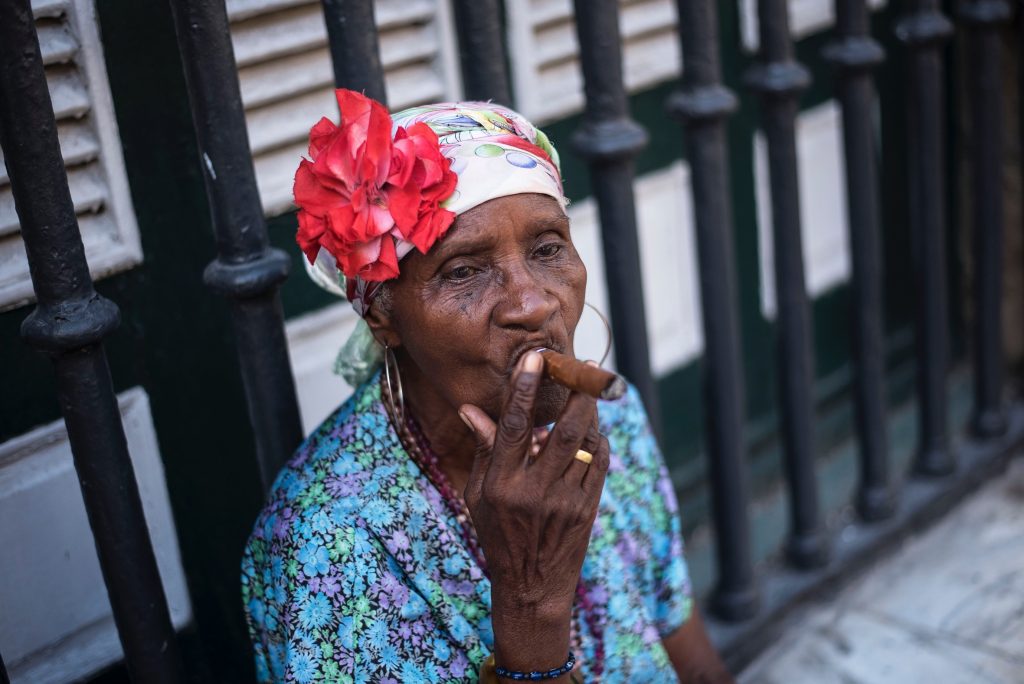
THE CUBANS CAVORT
Swaying to the rhythm of drums is Cuban’s love. They love to dance. Cuban’s are the pioneer of melodies, and you can see them dancing to the tunes EVERYWHERE. In Cuba, Ballerinas are at the peak of fame and stardom. They earn even more than doctors! The classic dance styles Bolero, Mambo and Cha Cha, were born in Cuba.

CUISINE
The Cuban cuisine is a fusion of African, Spanish and Caribbean cuisine with a slight Chinese touch. Rice and beans are essential with veggies added complementarily. Pork and chicken have taken over the demand for beef. Since Cuba is an island seafood forms a significant part of its cuisine. They are crazy for sweets and cakes are a treat reserved for special occasions.
Ice Cream is a national obsession with “Copelia” as an eminent ice cream manufacturer; they believe it to be the best in the world. Cuban’s DON’T share their recipes instead they pass it on through stories and experiences!
CIGARS
The culture and economy of Cuba thrive on Cigars. It is worldwide famous for its cigars and has vast expanse devoted to tobacco plantations and cigar factories that serve as tourist attraction sites. Cigars are also called ‘Puros’ or ‘Habanos’ in Cuba, and a single company makes all the premium brands for the country.
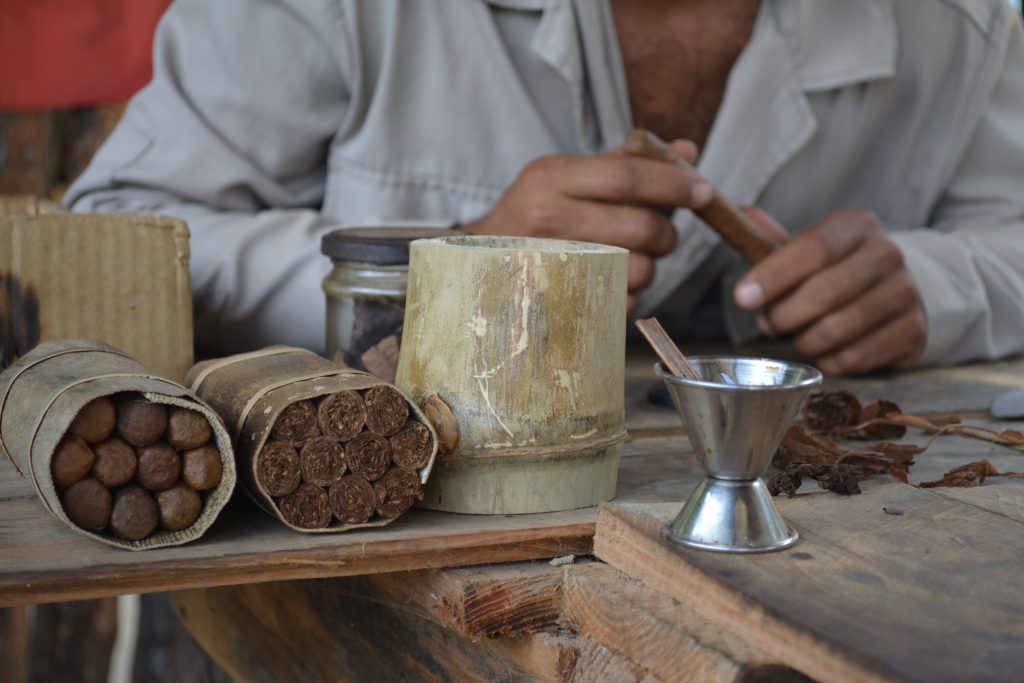
RELIGION
Cuba is more of a secular state, with Christianity the more prominent religion. There is another religion, Santería, which is practiced. There has been religious freedom in Cuba. 60% of the Cubans are Catholic. On the other hand, Santería is a blend of Catholicism and traditional Yoruba religion. It was introduced by the African slaves. Public Christian rituals are rare, and there are no Holy sites where pilgrimage is made. Although Christians celebrate their event in churches, these events never make it to the streets. Comparative to this, the secular events are celebrated with more zest and exuberance.

Triumph of the Cuban Revolution and attack on the Moncada barracks by Fidel are the two significant events celebrated with great vigor and fanfare. Cross-dressing is illegal in Cuba, and only 5% of the people have access to uncensored, open internet. Funerals are held but more common is the secular ceremony in which the deceased is remembered.
MUSIC & ART
The African slaves brought with them new rhythms which were incorporated in the traditional Spanish melodies and guitars. As this was further refined popular rumba rhythm, Jazz and Congo spread. Cuban music is tied to the Afro-Cuban santería religion, the most famed is Son. Mambo, Bolero, and Salsa have evolved from it.
Any form of Art is supported in Cuba, and dance and music are celebrated openly on streets or in the living rooms of the residents! Festivals comprising of dance, music, drinking, eating and outlandish costumes have a history that precedes Cuban Revolution!
In Havana park of Cuba, there is a statue of John Lennon, who was revered by the Cubans for the rock-n-roll revolution brought in by The Beatles. Once shunned and slammed as a decadent American Influence is now looked upon as a hero.
CUBAN CARS
As often referred to – “Cuba is literally a rolling car museum”. Turn you gaze in any corner of the city, you will seen a 1950’s old-school American model of a Oldsmobile, Chevrolet, Ford or Buick. While the rest of the world spends thousands of dollars in these vintage style vehicles, they are pretty much everyday cars for an average Cuban.

This stuck-in-time feeling Cuba has generated is the result of a four-decade-long grudge the country’s late leader, Fidel Castro, held against the United States – whereby Castro had placed a ban on foreign vehicle imports, making it nearly impossible to buy a brand-new, foreign-made vehicle. It also made it difficult to buy new parts and fuel for the old-school American cars Cuba is known for.
EDUCATION
The highest literary rate, 99.8% belongs to Cuba, as the education of every child from 6-15 is mandatory. It is for this reason that anyone aging from 40-45 has been to at least college or university since the education is free for the Cubans.
ETIQUETTE AND LANGUAGE
Cuban’s are extremely hospitable, and it is considered to be rude if you do not greet every man with a handshake and a kiss on the cheek for the women. Being generous is their greatest virtue. As a sign of affection, touching is not taboo or taken as sexual harassment. Although they do whine and argue heatedly, Cuban’s detest conflicts. Therefore, any squabble and disagreement is expressed through allusion.The effect of Spanish colonization left its impact on language too since Spanish is the official language in Cuba now.
Like everything else, language too has been touched by the influence of multiple cultures, enriching the various languages spoken in Cuba. Recently, American English has been sneaking its way into the local language. Adding to this, Haitian Creole is the second most widely spoken language in Cuba, preferred by the Afro-Cubans.
WHY VISIT CUBA? – 200 bays and 250 beaches to explore, which means there is no end to fun and every day you could wake up to finding out something new. Clear blue waters, salient and astounding architecture and heritage sites to American classic takes you back to the 1950’s. Its dazzling and lively culture strikes you as soon as you step on the land.
About the Author: Zoe Lucas is a freelance blogger who loves to write on different niches and is always anxious to travel, her passion for traveling is making her work as a content lead at Soltura Cuba Travel
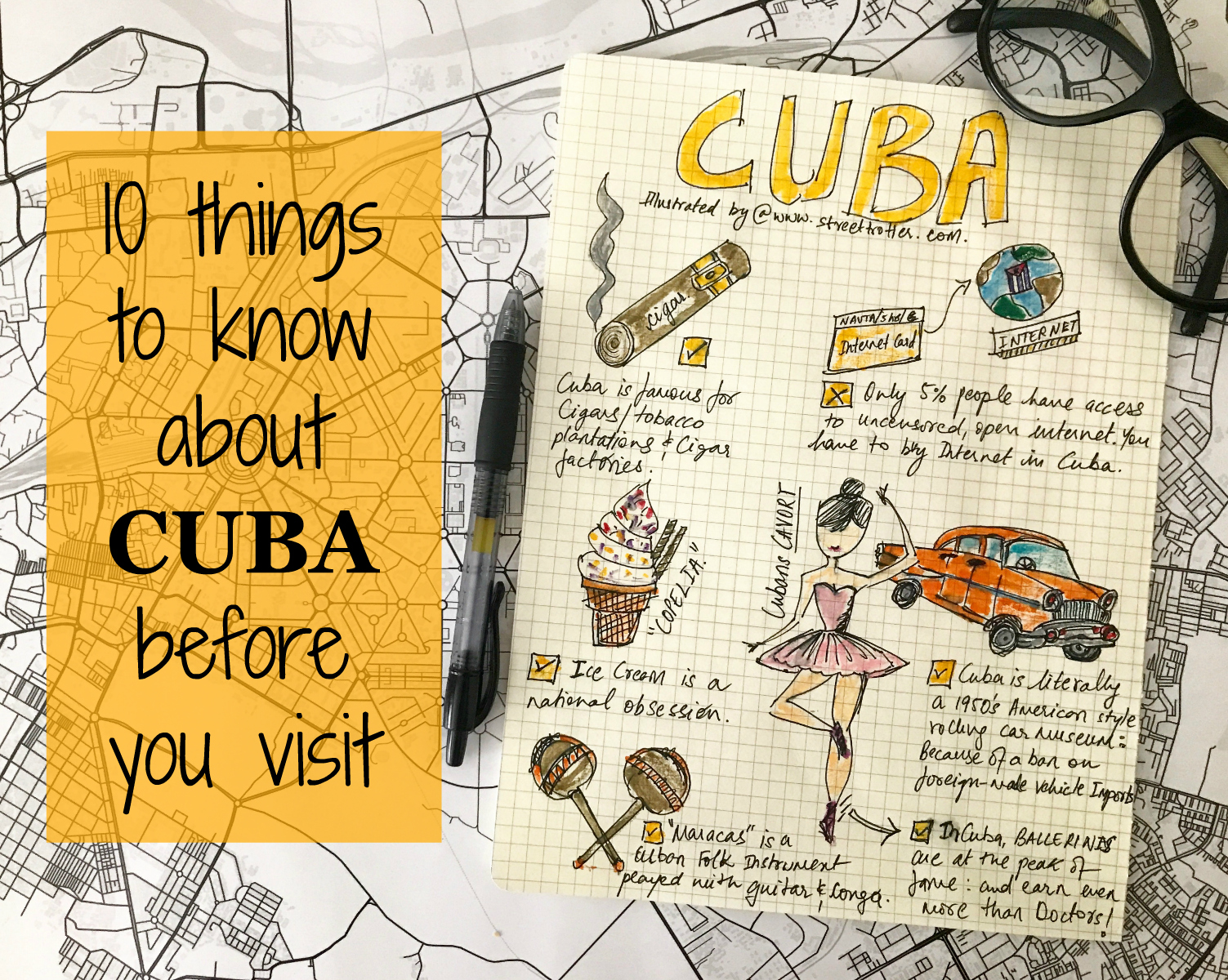


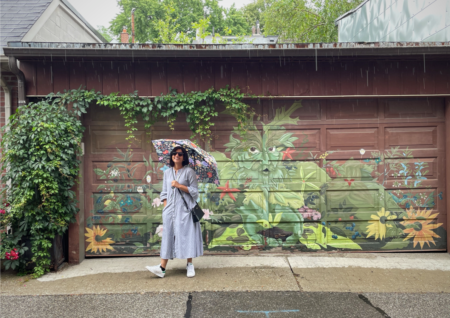

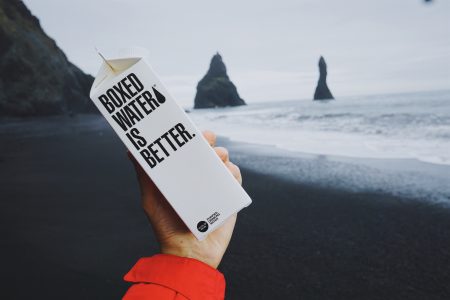
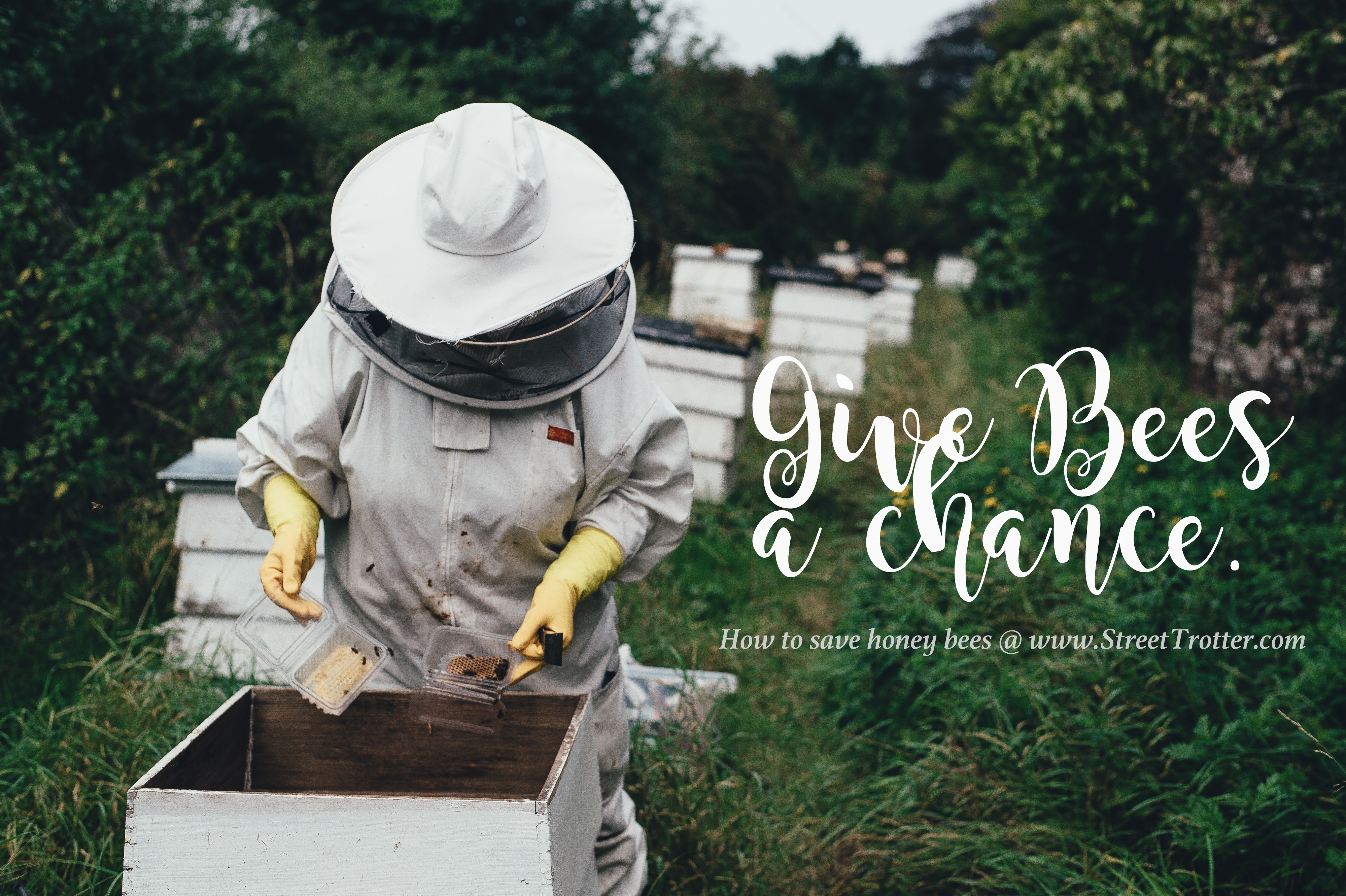
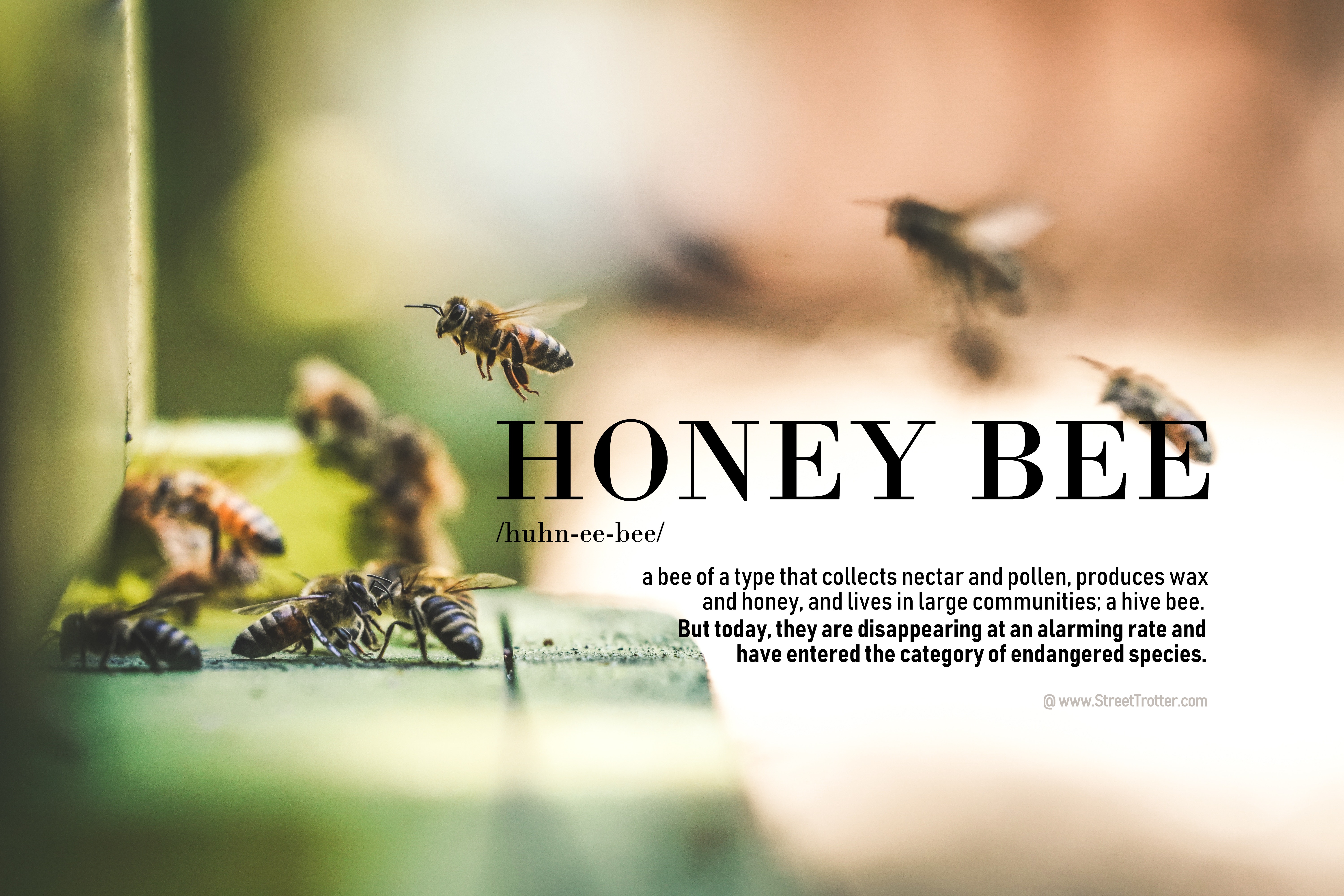
“Cuba is a rolling car museum” Love that! Seems like a perfect summation of this unique country 🙂 It is impressive indeed that its intoxicating culture shines through in the face of such restrictions on its people’s freedoms.
I write for a cigar magazine and it is a major goal to go to Cuba, however I would like to bring my kids.
Cuba has always held a strange fascination for me. Loved reading about it here in your post. Cigars and Cars probably account for my fascination. But there is so much more to experience in Cuba. Hope to visit some day.
Thank you for this interesting article! It gives some great overview of the authentic Cuba and Cubans! I wish I was a ballerina in Cuba!
I learned so much about Cuba! I am definitely super fascinated about the country and can’t wait to visit and especially to try the food! Gorgeous post!
Wow! This post was so informative. Are there any dancing classes I can attend when in Cuba?